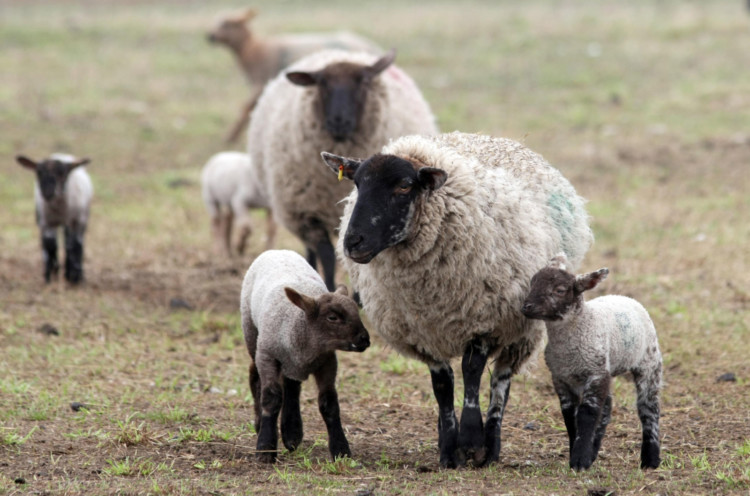Monitoring by vets from Scotland’s Rural College indicates that so far this year there have been no cases of Schmallenberg virus infection (SBV) among Scotland’s new-born calves and lambs.
Up to May 1, the various veterinary surveillance centres operated by SAC Consulting Veterinary Services had received some suspect cases but all have tested negative.
“In 2013 there were cases of SBV diagnosed in Dumfries and Galloway and Aberdeenshire”, says Colin Mason, veterinary centre manager in Dumfries.
“It was expected that the disease might spread on further during the second half of 2013, with deformed calves and lambs being born in the first six months of 2014.
“However discussions with veterinary practitioners working in areas where confirmed cases were seen last year suggests there have been no new cases so far this spring.”
The Schmallenbergvirus is related to a known virus called Akabane, which is spread by midges and which classically causes brain defects and foetal malformations, particularly deformities of the limbs of new born calves and lambs.
The effects can be variable, with some farms suffering high lamb or calf mortality while other herds or flocks suffer few effects.
SBV was first detected near Schmallenberg in Germany in 2011 but subsequently spread into other parts of Europe and was first reported in the south of England early in 2012.
The first confirmed case of Schmallenberg disease was identified on a Dumfriesshire farm in March last year.
In addition to the information from SAC Consulting Veterinary Services and feedback from local veterinary practices, the results of NFU-Scotland-funded tests of milk taken from dairy herd bulk tanks across Scotland during 2013 found no evidence of SBV exposure throughout the year.
According to Colin Mason: “These three separate indicators would suggest that there has been very limited spread of SBV throughout Scotland in 2013.
“It’s surprising, given the mild autumn and winter we experienced.
“But so far it seems the risk of SBV infection establishing throughout Scotland remains low,” he said.
Colin suggests these indicators should be taken into account by veterinary practitioners and farmers when considering future SBV vaccination strategies, particularly ahead of the main beef suckler herd breeding season starting next month.
However, he stresses no one should assume the disease is no longer a threat, with a need for continued vigilance in case of outbreaks in Europe or other parts of the UK.
